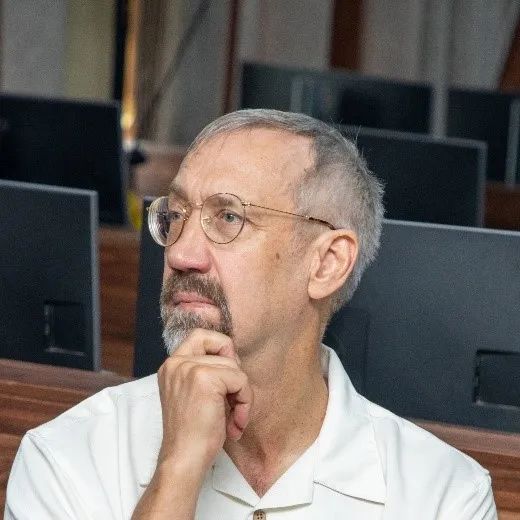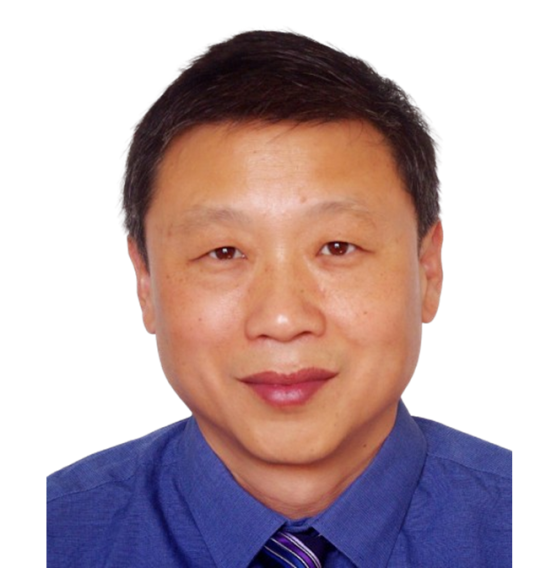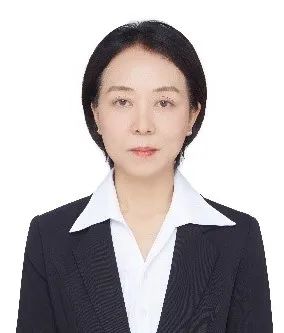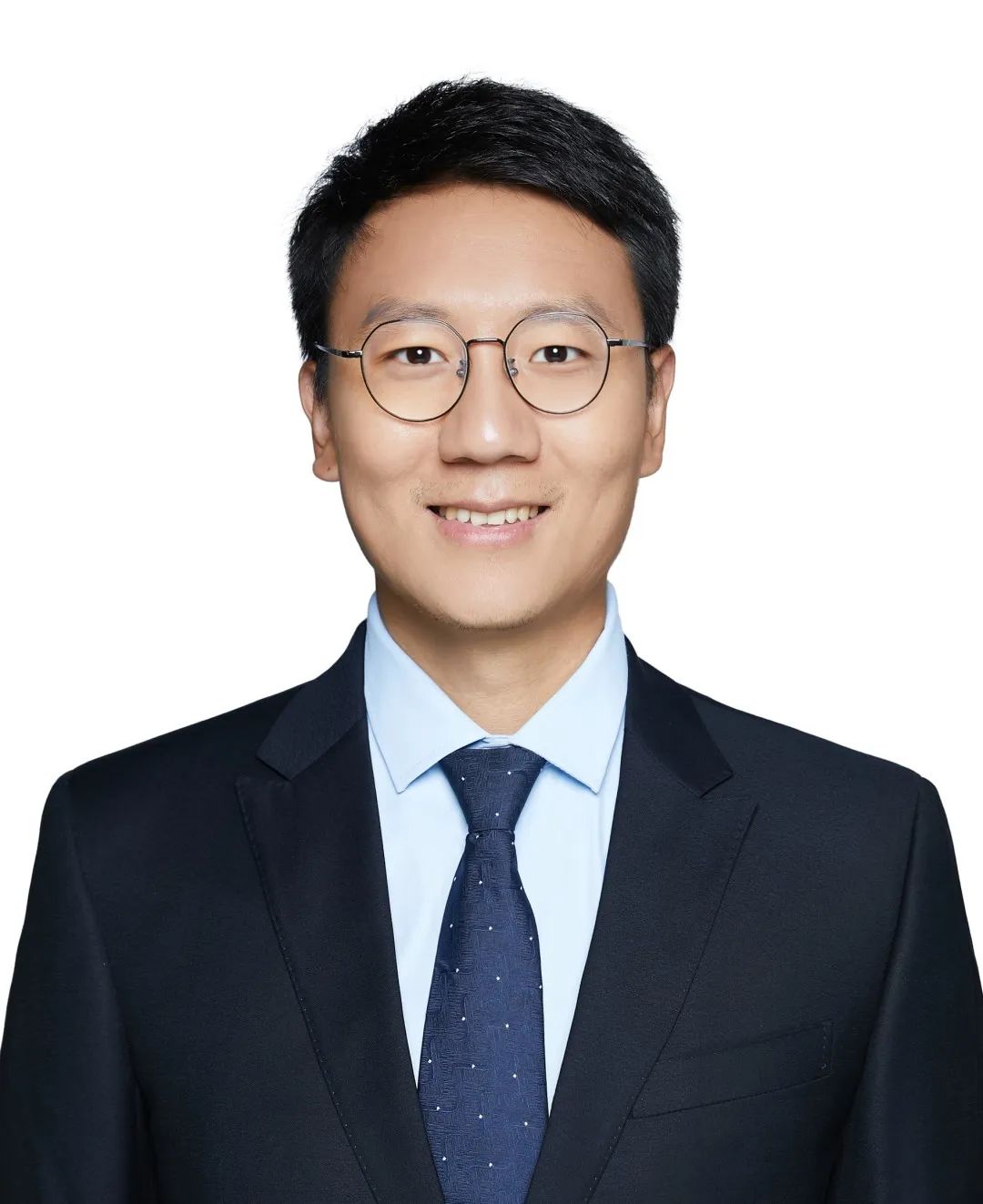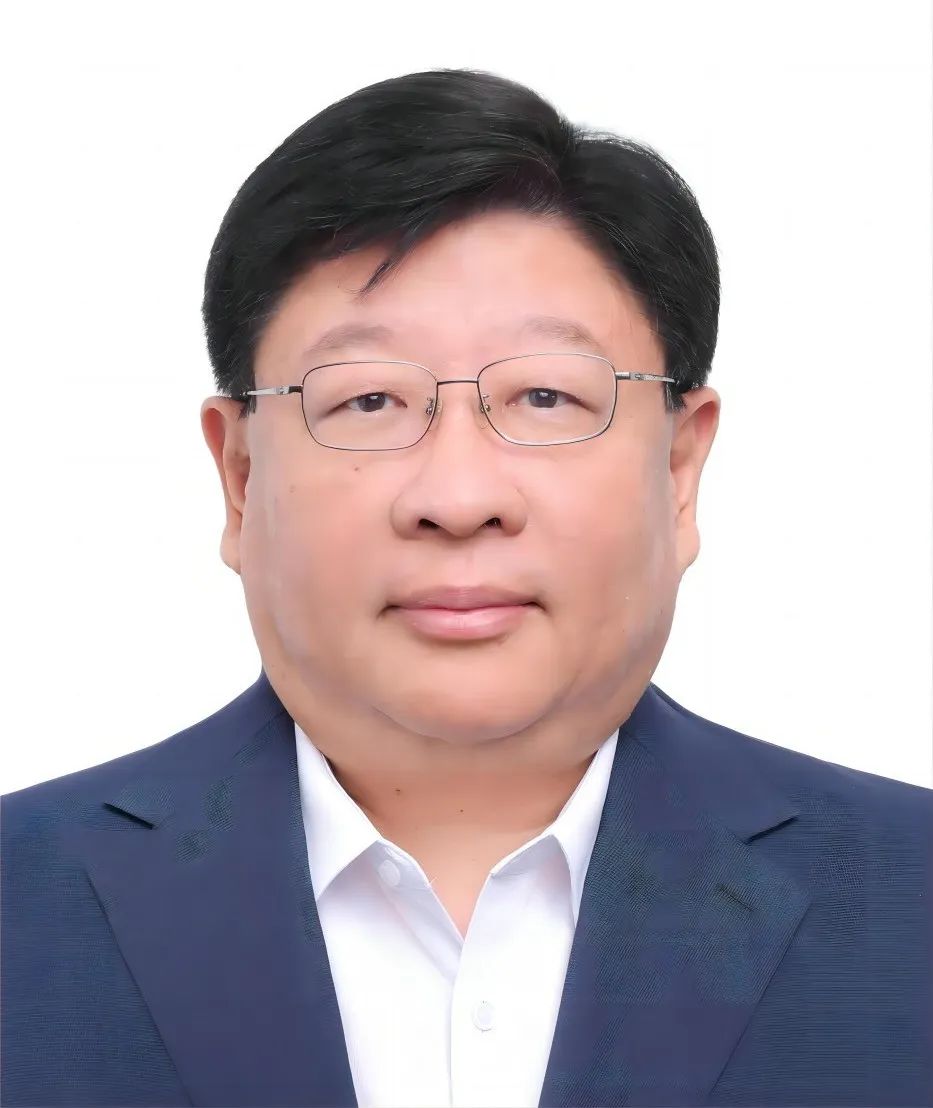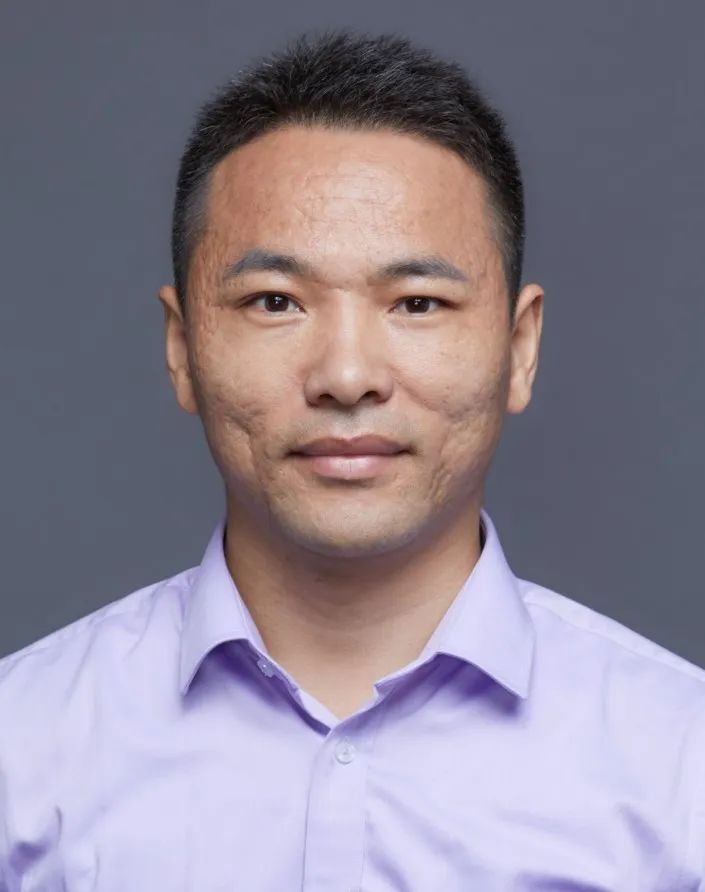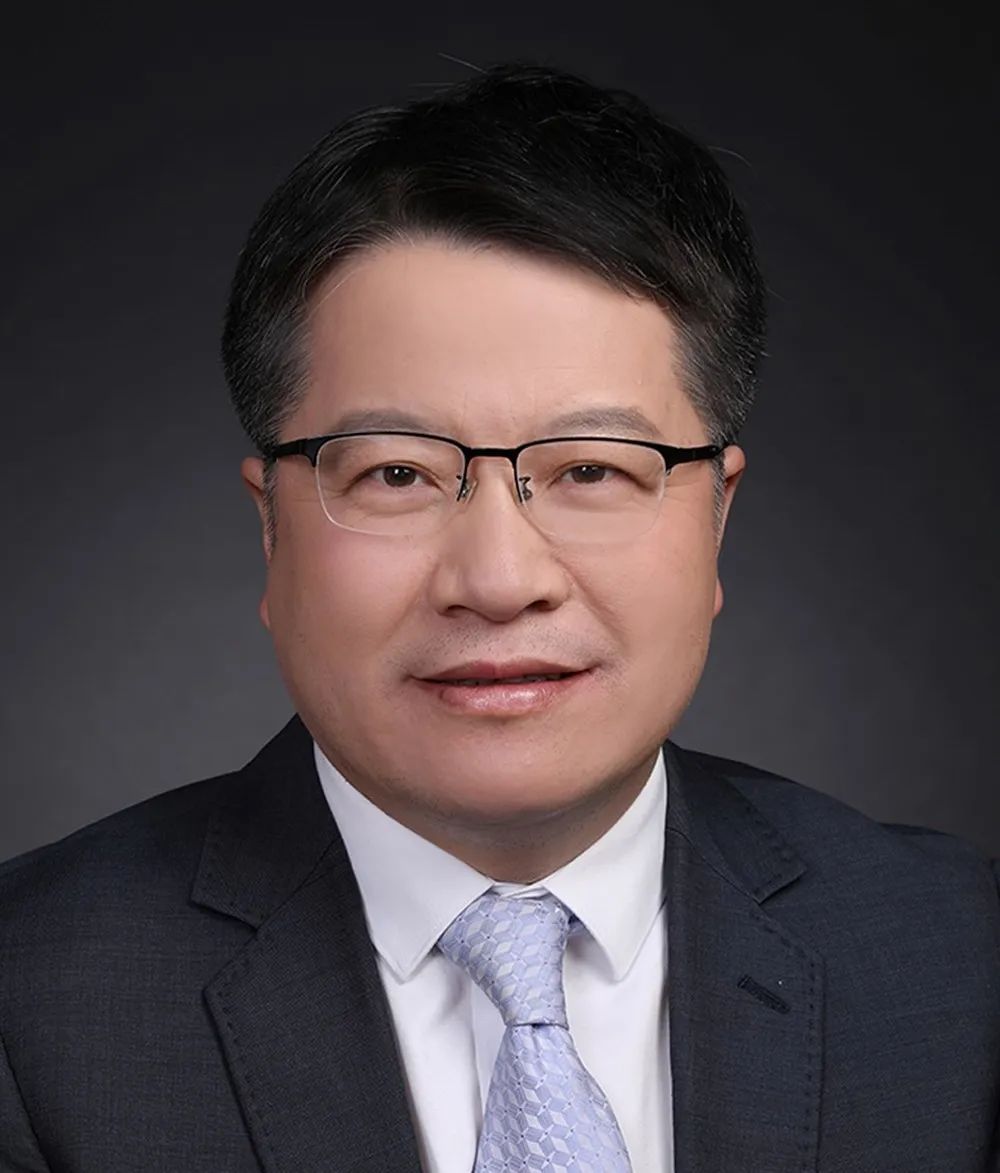第六届计算光学测量及其教育
国际研讨会
Computational Optical Measurement
and its Education 2024
2024年6月28-30日 | 中国·成都

COME 2024
会/议/简/介
ABOUT CONFERENCE
计算光学测量作为一门交叉学科,结合了光学、计算机科学和工程学等领域的知识和技术,旨在利用计算方法实现高精度、高效率的光学测量。通过计算光学测量技术,可以实现对物体形状、表表面特征,为相关行业的研究和应用提供了重要的手段和工具。在未来,计算光学测量理论和技术将持续创新与发展,为人类社会带来更多便利和进步。
为促进学术交流与合作、推动技术进步与应用创新,并为年轻学子提供交流与学习的平台,本领域学者于2019年倡导并发起了计算光学测量及其教育国际论坛。第六届计算光学测量及其教育国际论坛 (COME 2024)将由四川大学举办,并于2024年6月28日至6月30日在成都举行。
此次会议聚焦于前沿研究探讨与研究生教育,线下会议免注册费,线上同步直播,线下参会名额有限,遵循先注册先参会的原则。会议涉及研究领域包括但不限于光学测量、光学测试、实验力学、三维成像、计算光学、光学仪器、人工智能等。会议将邀请相关领域的知名专家和学者分享他们的学术成果和学生教育相关经验。
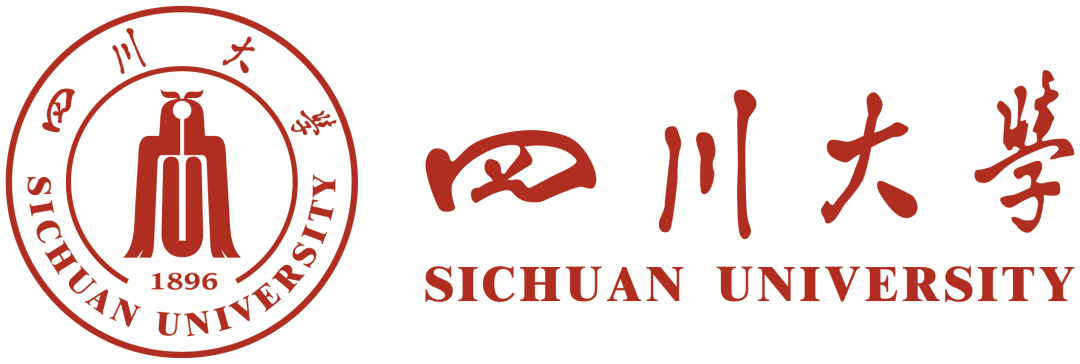

COME 2024
大/会/特/邀/报/告
KEYNOTE SPEAKERS
Peter de Groot
国际光学工程师学会(SPIE)副主席
Zygo公司研发执行总监
个人简介
Prof. Peter de Groot is fascinated by optics and its practical use for measuring things. Educated first in History then in experimental atomic Physics at the Universities of Grenoble, Maine, and Connecticut, he enjoys discovering the hidden links between academic and applied research that fuel inventions and creative solutions in science and industry.
Dr. de Groot joined Zygo in 1992, and has been Executive Director of Research, Chief Scientist, and now Scientist Emeritus. His work has led to 141 US patents for optical instruments and 225 technical papers and book chapters. He is a Fellow of numerous international professional societies, and is the 2024 President Elect of SPIE, the international society for optics and photonics.
An experienced educator, Dr. de Groot has taught secondary school science as well as advanced topics at universities, and professional development courses worldwide, as an instructor, adjunct professor, and honorary professor.
报告题目
An Introduction to Coherence Scanning Interferometry
Abstract: The story of coherence scanning interferometry (CSI) is a journey through the history of optics, beginning with the discovery of interference fringes and leading up to present-day methods of surface structure analysis. For a time, after the invention of the laser, the principles of low-coherence interferometry were forgotten, as researchers raced to develop laser-based distance sensors. The rediscovery of white light methods thirty years ago dramatically advanced applications for high precision measurements using light waves, leading to modern CSI microscopy.
In this lecture, I trace the history of interferometry with incoherent light sources from Newton’s colored bands to the current state of the art in optical metrology. We will see how the fundamentals of coherence and fringe formation enable manufacturing metrology for everything from engine parts to virtual reality headsets. Current topics include both practical instrument design as well as scattering theory applied to the interaction of light with surfaces.
高 峰
英国哈德斯菲尔德大学教授
个人简介
Dr F. Gao is a Reader at the School of Computing and Engineering, University of Huddersfield, UK. His research interests focus on the study of optical interferometry, 3D fringe projection for surface measurement, metasurfaces and their applications. He studied precision measurement and instrumentation as an undergraduate and postgraduate student at Tianjin University. He was awarded a Ph.D. degree at Coventry University, UK. His research experience includes research and development of dimensional metrology instruments and measurement standards at the National Institute of Metrology of China and PTB, Germany, as well as research in the fields of surface metrology and surface strain measurement at Loughborough University, UK.
报告题目
Portable Structured-light Metrology System for Form Measurement of Composite Structured Surfaces
Abstract: A portable hybrid structured-light based measurement system is presented for in-situ and embedded form metrology of structured composite surfaces. The proposed technique contains three subsystems: phase measuring deflectometry (PMD) subsystem, fringe projection profilometry (FPP) subsystem, and stereo vision subsystem. PMD subsystem accurately reconstructs the form data of specular surfaces based on the principle of structured-light reflection, while FPP subsystem measures rough surfaces by projecting structured light on the measured surfaces. Then the output data from the subsystems are stitched to reconstruct a complete form of the measured composite surfaces. An embedded measurement experiment in a diamond turning machine demonstrates that the proposed techniques can achieve 24.8 µm form accuracy in rough surface measurement and 400 nm form accuracy in specular surface measurement.
王琼华
北京航空航天大学教授
个人简介
Qiong-Hua Wang is a professor of optics at Beihang University. She was a professor at Sichuan University from 2004 to 2018. She was a post-doctoral research fellow at School of Optics/CREOL at the University of Central Florida from 2001 to 2004. She was a faculty at the University of Electronic Science and Technology of China (UESTC) from 1995 to 2001. She received B. S., M. S. and Ph. D. degrees from UESTC in 1992, 1995 and 2001, respectively. She published more than 350 papers in peer-review journals and authored 3 books. She holds more than 160 US and Chinese patents. She is a Fellow of SID, OPTICA, SPIE and COS. Her research interests include display and imaging technologies.
报告题目
Integral Imaging Light Field 3D Display
Abstract: Integral imaging 3D display is one import 3D display technology. In order to improve the performance of the integral imaging 3D display, we proposed and developed a large-viewing angle tabletop integral imaging 3D display and a high-resolution integral imaging 3D display. The structure, principle and performance of the integral imaging 3D displays will be introduced in detail in the talk.
边丽蘅
北京理工大学教授
个人简介
Liheng Bian is a Professor with Beijing Institute of Technology. His research interests include computational imaging and sensing. He has published a monograph of Computational Imaging and Sensing, and over 60 peer-reviewed papers on Nature Communications, Light: Science & Applications, eLight, CVPR, and etc. He has also been granted more than 40 patents. He has been elected to the Outstanding Youth Project of the National Natural Science Foundation of China. He has been awarded the first prize of the Chinese Institute of Electronics, first prize of the Ministry of Public Security of the People's Republic of China, the first prize in the National Finals of the Third "Yuanchuang Cup" Innovation and Creativity Competition, and the Best Paper Award of SPIE Photonics West Conference. He has served as the guest editor of "Light: Science & Applications" and "Light: Advanced Manufacturing", and joined the young editorial board of "Space: Science & Technology" and "Signal Processing".
报告题目
On-chip Computational Hyperspectral Imaging with High Spatial and Temporal Resolution
Abstract: Hyperspectral imaging provides high-dimensional spatial-temporal-spectral information revealing intrinsic matter characteristics. Here we report an on-chip computational hyperspectral imaging framework with high spatial and temporal resolution. By integrating different broadband modulation materials on the imaging sensor chip, the target spectral information is non-uniformly and intrinsically coupled on each pixel with high light throughput. Using intelligent reconstruction algorithms, multi-channel images can be recovered from each frame, realizing real-time hyperspectral imaging. Following such a framework, we for the first time fabricated a broadband (400-1700 nm) hyperspectral imaging sensor using photolithography, with an average light throughput of 74.8% and 96 wavelength channels. The demonstrated resolution is 1024×1024 pixels at 124 fps. We demonstrated its wide applications including chlorophyll and sugar quantification for intelligent agriculture, blood oxygen and water quality monitoring for human health, textile classification and apple bruise detection for industrial automation, and remote lunar detection for astronomy. The integrated hyperspectral imaging sensor weighs only tens of grams, and can be assembled on various resource-limited platforms or equipped with off-the-shelf optical systems. The technique transforms the challenge of high-dimensional imaging from a high-cost manufacturing and cumbersome system to one that is solvable through on-chip compression and agile computation.
洪明辉
新加坡工程院院士、厦门大学教授
个人简介
Prof. Hong Minghui is the Tan Kah Kee Chair Professor, Xiamen University, China. He is also the Engineering Technology Division Chairman and Dean of Pen-Tung Sah Institute of Micro-Nano Science and Technology of Xiamen University. Prof. Hong specializes in laser microprocessing & nanofabrication. He has co-authored 15 book chapters, 42 patents granted, and ~600 scientific papers and 100+ plenary/keynote/invited talks in international conferences. He is a member of organizing committees for Laser Precision Micromachining International Conference (2001~2024), International Symposium of Functional Materials (2005, 2007 and 2014), Chair of International Workshop of Plasmonics and Applications in Nanotechnologies (2006), Chair of Conference on Laser Ablation (2009) and Chair of Asia-Pacific Near-field Optics Conference (2013 and 2019). Prof. Hong is invited to serve as an Editor of Light: Science and Applications, Engineering, Science China G, Laser Micro/nanoengineering, and Executive Editor-in-chief of Opto-Electronic Advances and Opto-Electronic Science. Prof. Hong is Fellow of Academy of Engineering, Singapore (FSEng), Fellow of Optical Society of America (OPTICA), Fellow of International Society for Optics and Photonics (SPIE), Fellow of International Academy of Photonics and Laser Engineering (IAPLE) and Fellow of Institution of Engineers, Singapore (IES). As an active tech entrepreneur, he is also the leading founder of Phaos Technology Pte. Ltd., Opto Science Pte. Ltd. and Xiamen Light Technology Integration Pte. Ltd.
报告题目
Engineered Microsphere and Compound Lens for Optical Nano-Imaging
Abstract: Microsphere optical nanoscope, as a competitive nano-imaging technique, has extensive applications in the semiconductor industry and biology due to its real-time imaging ability, label-free characteristics, and good compatibility with conventional microscopes. After years of rapid development, the microsphere optical nanoscope still faces restrictions on imaging resolution, contrast, magnification, and field-of-view. To further promote the imaging performance of the microsphere optical nanoscope, two new technical modification routes are developed. At single component level, engineered microspheres with enhanced nano-imaging ability, such as hyper-hemi-microsphere and bilayer-film-decorated microsphere, are put forward and realized through diverse nanofabrication techniques. At device level, substituting single microsphere with microsphere compound lens can improve imaging performance in multiple aspects, such as customized magnification and large field-of-view. Effectiveness of these modifications has been proved in semiconductor chip inspection and microfluidic dynamic nano-imaging. Furthermore, these technical advances pave way for a miniaturized all-microspheres nanoscope with an ultra-compact system configuration, which makes low-cost and portable optical nanoscopes feasible.
傅 愉
中德洪堡学者、新加坡淡马锡研究员
深圳大学教授
个人简介
Dr. Yu Fu received his bachelor's degree in Mechanical Engineering from Shanghai Jiao Tong University and his master's and doctoral degrees in Mechanical Engineering from the National University of Singapore.
In 1997, Dr. Fu joined the Department of Mechanical Engineering at the National University of Singapore as a Professional Officer, pursuing research on optical measurement and image processing techniques. He has published more than 100 papers in leading international journals and conference proceedings. In 2006, he was awarded the prestigious Alexander von Humboldt research fellowship and worked with the renowned Institute of Technical Optics (ITO), the University of Stuttgart, on optical dynamic measurement. He joined Temasek Laboratories at Nanyang Technological University in 2009. In July 2011, Dr. Fu received the prestigious Temasek Fellowship from Singapore's Ministry of Defence and Nanyang Technological University to serve as a Principal Investigator in Temasek Laboratories. In 2018, he joined Shenzhen University as a Professor in the College of Physics and Optoelectronic Engineering. Currently, Dr. Fu's research focuses on optical dynamic measurement and structural health diagnostics. Dr. Fu is also a Fellow member of SPIE.
报告题目
Full-field Vibration Measurement by LDV-enhanced Imaging Technology
Abstract: Vibration measurement, particularly the measurement of mode shapes, is crucial for structural dynamic analysis and defect localization because it helps validate finite element or analytical vibration models. Laser Doppler Vibrometry (LDV) and high-speed Digital Image Correlation (DIC) are the leading methods for experimental mode shape measurement. Unfortunately, the resolution of DIC is insufficient for detecting vibrations in normal structures. Similarly, the spatial sampling provided by LDV is limited. We have proposed a new full-field vibration measurement method that utilizes LDV-enhanced imaging technology with standard-rate cameras. This imaging technique could involve DIC or fringe/speckle projection. Our experiments demonstrate that the LDV spectrum can guide the removal of camera noise and significantly enhance the resolution of vibration measurements using imaging technology. The results of data fusion indicate that this method can effectively localize defects in various structures through vibration measurement.
肖振中
奥比中光科技集团股份有限公司董事、首席技术官
个人简介
肖振中博士,教授级高工,奥比中光联合创始人,于西安交通大学获得学士、硕士及博士学位,2010年前往新加坡南洋理工大学进行博士后研究,之后被聘为西安交通大学机械工程学院博士讲师,主要从事机器视觉与三维传感技术研究。2013年起联创奥比中光并担任首席技术官至今,致力于基于散斑点、条纹投影的结构光、主被动双目视觉以及其他多种主流光学测量技术的研究和产业化落地,参与国家级、省级及市级等科研项目10余项,累计申请专利328件,授权专利129件。
报告题目
The Journey of Chasing the Light
Abstract: 与光学测量结缘已有二十载,读硕读博留校而后又离校创业,学术上有幸结识三五好友,创业之路让人成长更多。多年来一直没变的就是持续学习,追光而行。
曹良才
清华大学教授
个人简介
Liangcai Cao received his BS/MS and PhD degrees from Harbin Institute of Technology and Tsinghua University, in 1999/2001 and 2005, respectively. Then he became an assistant professor at the Department of Precision Instruments, Tsinghua University. He is now tenured professor and director of the Institute of Opto-electronic Engineering, Tsinghua University. He was a visiting scholar at UC Santa Cruz and MIT in 2009 and 2014, respectively. His research interests are holographic imaging and holographic display. He is a Fellow of the Optica and the SPIE.
报告题目
Exploiting Spatiotemporal Priors for Motion-resolved Holographic Imaging
Abstract: Reference-free holographic imaging techniques have been long pursued because they obviate the high experimental requirements of conventional interferometric methods, but they are faced with an inherent trade-off between phase imaging fidelity and temporal resolution. Here, we propose a general algorithmic framework, termed spatiotemporally regularized inversion (STRIVER), for motion-resolved holographic reconstruction by exploiting spatiotemporal priors. Specifically, total variation with respect to the complex spatio-temporal datacube is introduced as a sparsity-promoting regularizer.
We experimentally demonstrate the use of spatiotemporal sparsity and implicit priors to obtain time-resolved holographic video of living organisms at a framerate-limited speed of over 100 Hz. STRIVER can also be potentially extended to other measurement schemes, spectral regimes, and imaging modalities, pushing the temporal resolution of computational imaging toward higher limits.
COME 2024
会/议/日/程
CONFERENCE PROGRAM
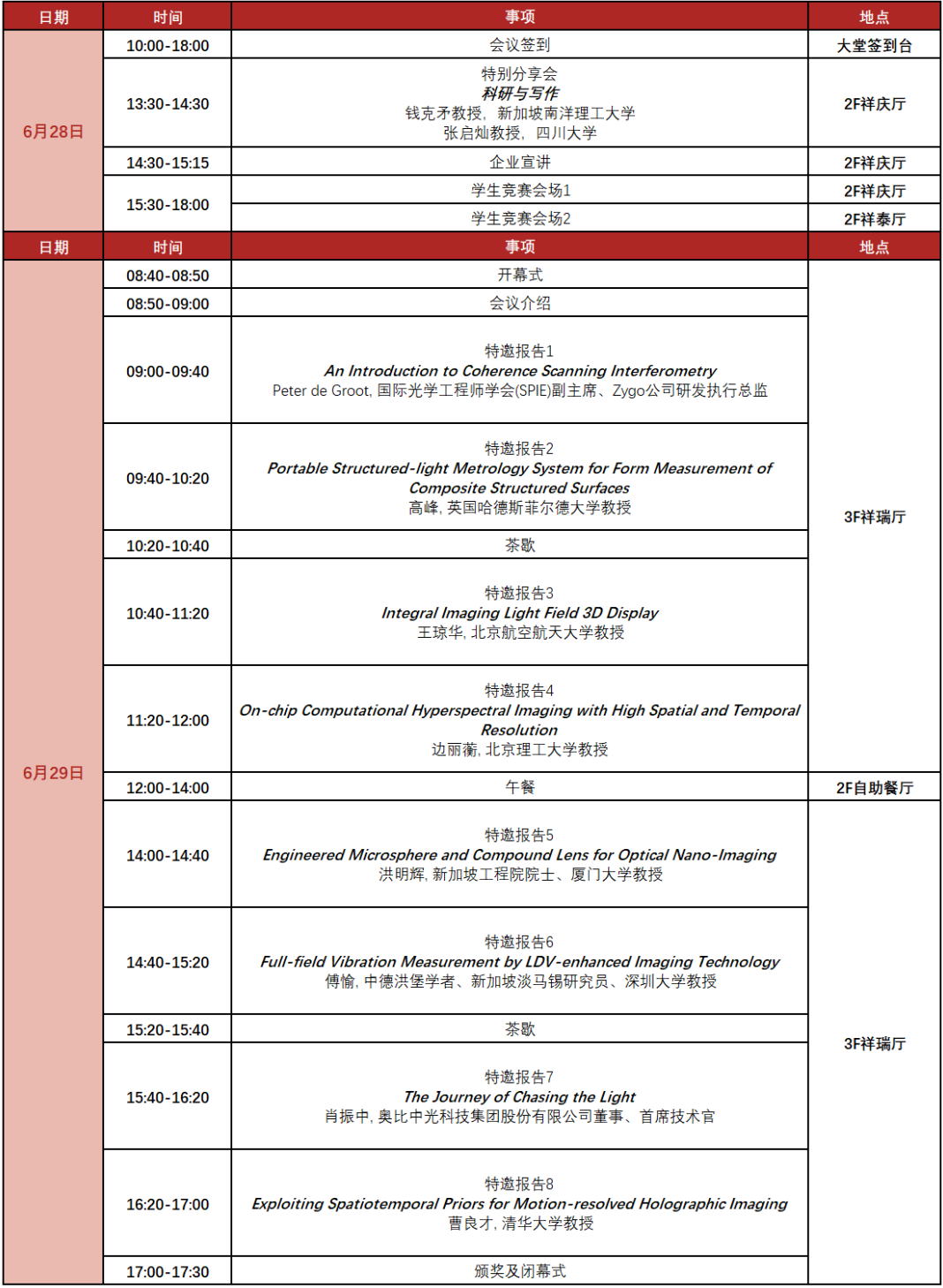
COME 2024
学/生/竞/赛
STUDENT COMPETITION
为彰显学生科研风采,COME 2024将举办学生报告竞赛。诚挚邀请光学和光子学领域的研究生和本科生前来展示优秀成果。参与者将有机会获得业界专家的启发和建议,与来自世界各地的同行交流互动,结交志同道合的伙伴。
参赛者将以口头报告的形式展现各自的研究工作。本次竞赛将设立30个学生报告名额,遵循先到先得的原则,欢迎青年才俊踊跃报名参与。评审委员会将根据参赛者的演讲表现、内容创新性以及对现场提问的回答能力进行公正评分。根据评分结果设立奖项,奖品丰厚。期待您的加入,共同展示您的才华!
这是一个展示自我、挑战自我、超越自我的绝佳机会。欢迎您加入我们,与来自世界各地的优秀同行们一起展示自己的风采!
报名截止日期:
2024年6月7日24:00(UTC+8)前
注意事项
1.请有意向报名参赛的同学扫描下方“会议注册”二维码,对应填写必要信息,须在注册表单中提交报告摘要,组委会审核确认后会邮件通知参赛学生(建议来自同一个课题组的参赛学生最多两名)。
2.摘要语言为英文,300字左右,高度概括性地介绍研究背景、研究目的、方法、结果、结论、关键词等内容,摘要可包含一张图片。
3.学生的报名参赛需获得导师同意,会务组将邮件发送“导师知情同意书”,请打印出来导师签字后,通过电子邮件返回扫描件给会务组;
4.由于此次会议无会议文集发布,参赛学生的报告内容不宜是未公开发表的成果;
5.录用参赛的所有同学须线下参会,学生竞赛环节不设线上直播。
COME 2024
会/议/注/册
CONFERENCE REGISTRATION
为了更好地筹办此次COME2024会议,请大家尽快填写下方会议注册表单,注册名额有限,遵循先注册先参会的原则,会议人数满额将关闭注册报名。(填写过的下方表单的参会者无需再次填写,提交注册成功后会于3个工作日之内发送确认邮件,若未收到邮件,请及时与会议秘书联系)。
注册截止日期:
2024年6月20日24:00(UTC+8)前

扫描上方二维码或访问下方链接进行注册:
https://iconf.young.ac.cn/nNAGi
COME 2024
会/议/赞/助
CONFERENCE SPONSORSHIP

优秀论文赞助



钻石赞助

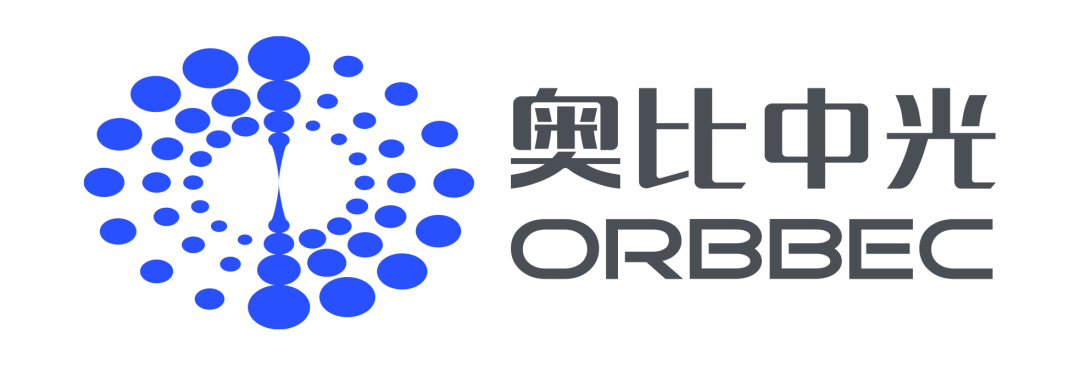

白金赞助



会议用品赞助

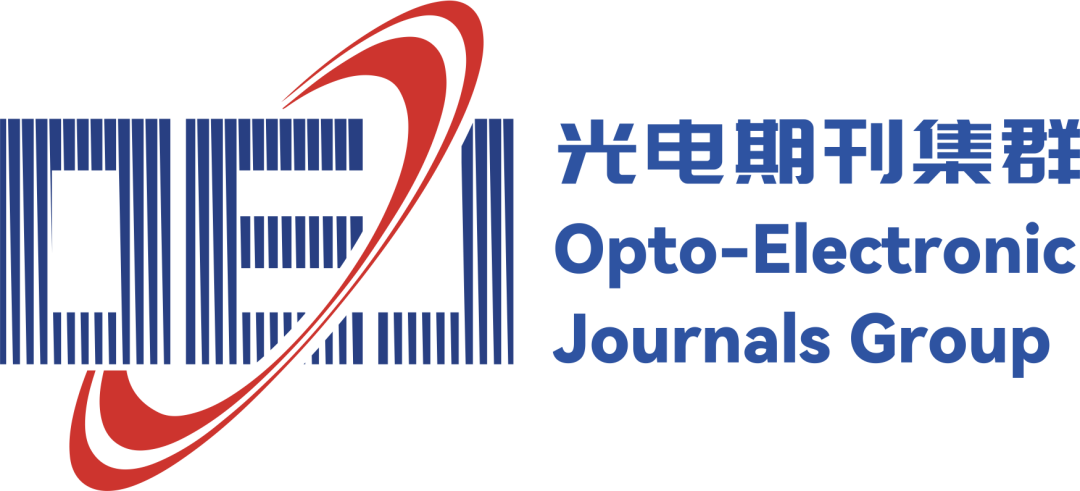

黄金赞助



我们诚挚地欢迎更多企业加入我们!请有意向的企业与会议秘书取得联系,以获取更多合作信息。
COME 2024
会/议/地/点
CONFERENCE VENUE

成都融通祥宇宾馆
中国四川省成都武侯区新南路103号
**温馨提示:鉴于成都现有双流机场与天府国际机场两大航空枢纽,双流机场与会场之间的地理距离更为接近,为确保与会嘉宾的出行便捷与高效,建议优先选择双流机场作为抵达或出发的机场。
会议组委会及联系人
会议主席
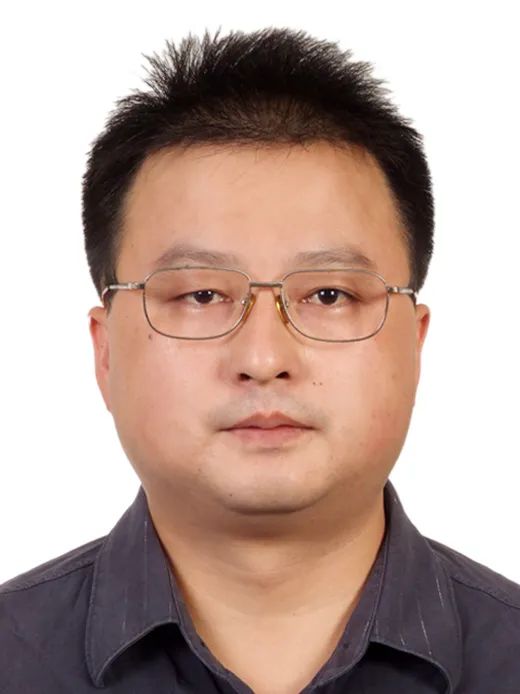
张启灿教授
四川大学

苏显渝教授
四川大学

钱克矛教授
南洋理工大学
联系人
会议秘书|王女士
会议邮箱|come2024@youngac.cn
联系电话|+86-13541382102
最新新闻
- 2024年6月28日至29日,备受瞩目的第六届计算光学测量及其教育国际研讨会(COME 2024)在成都顺利召开。2024-07-01
![]()
【COME 2024】重磅嘉宾加入,诚邀您参加第六届计算光学测量及其教育国际研讨会!
第六届计算光学测量及其教育国际研讨会于2024年6月28-30日在成都举办!2024-05-28![]()
热烈祝贺成都机器视觉技术及工业应用研讨会圆满举办!
3月17日,成都机器视觉技术及工业应用研讨会在美丽蓉城隆重举行。2023-05-04![]()
【成都】机器视觉技术及工业应用研讨会
与您分享最前沿的技术与动态2023-03-08![]()
雷得兴业诚邀请您参加
第五届计算成像技术与应用专题研讨会2023-03-07![]()
雷得快讯 ▏四川省“专精特新”中小企
雷得兴业通过四川省“专精特新”中小企业认定2022-12-08



